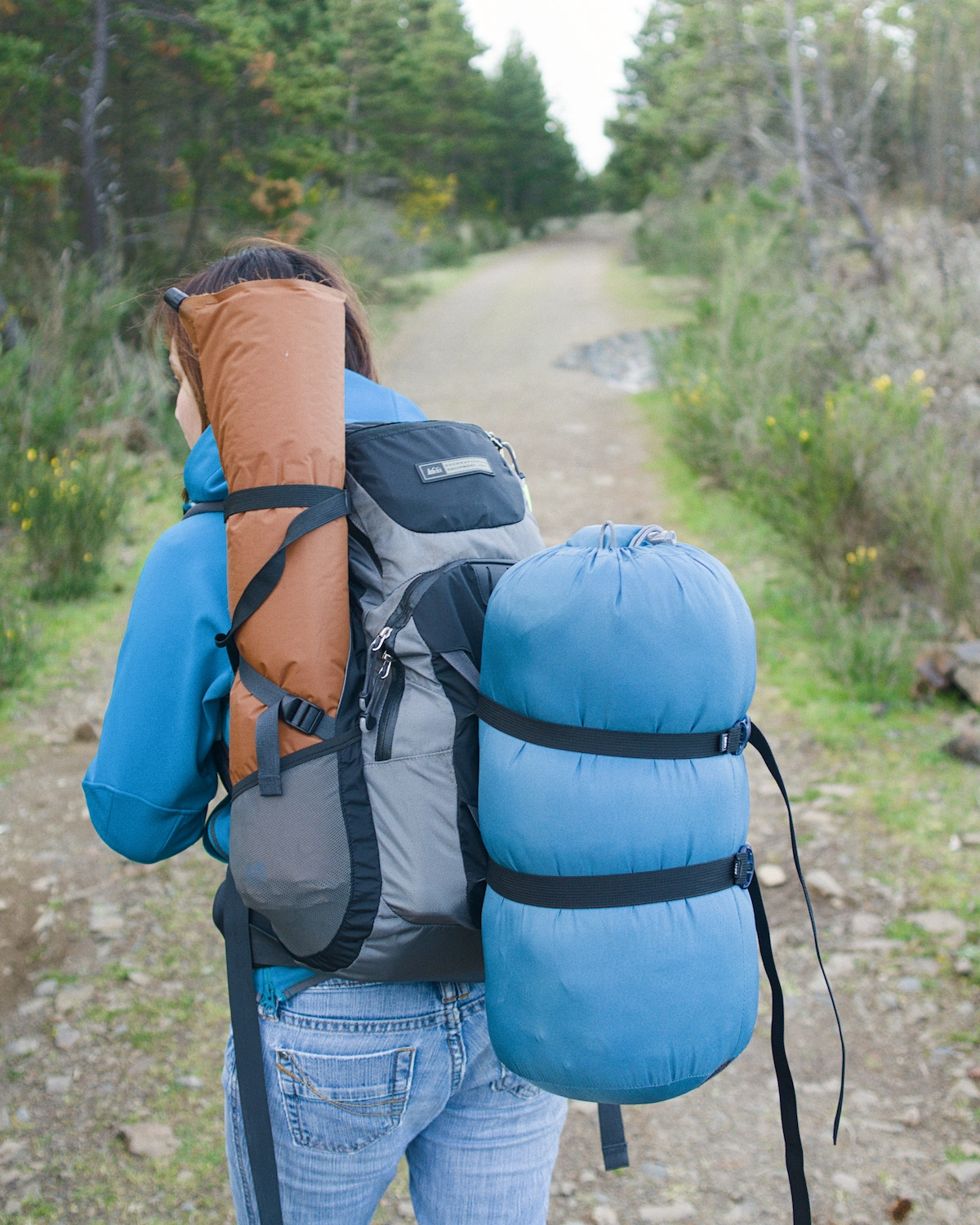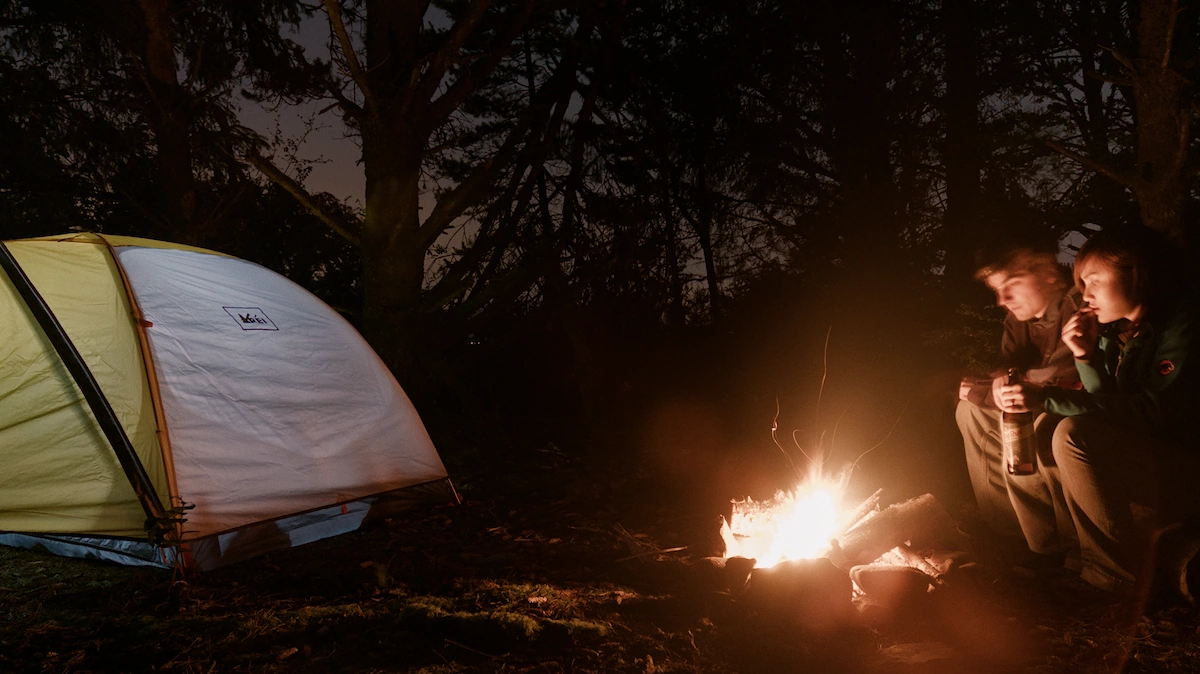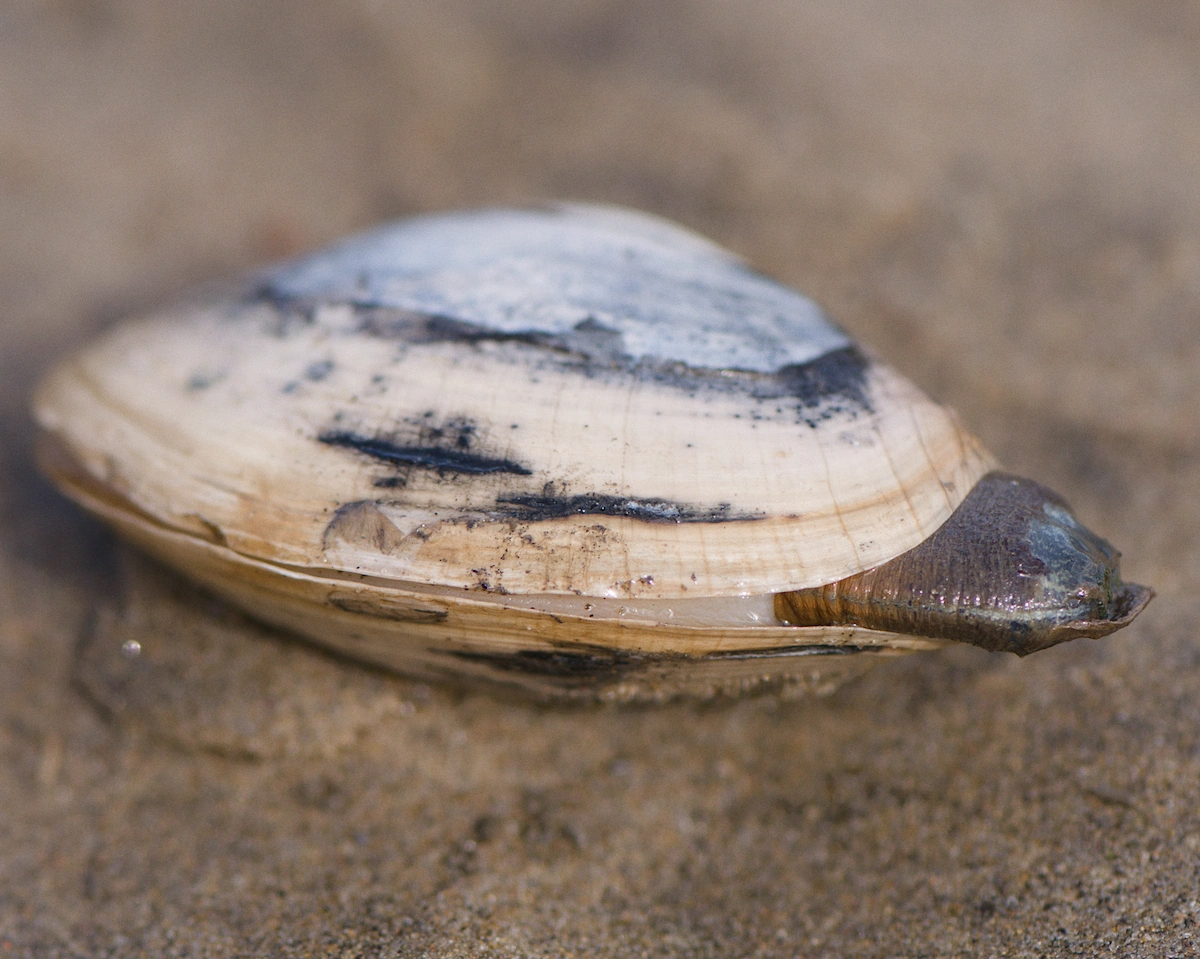Bayocean Clamming
2010-04-15 Edited: 2025-11-28
This post was recovered from an old blog that I had while in college. I’ve only updated misspellings or dead links, but left any cringe worthy things or immature thoughts. I’ve decided to leave them as a snapshot of who I was and to see how far I’ve come. Any photos have been freshly edited and so are not the same as what was originally posted. Over the years I had several blogs, most lost to time, and I wanted to recover some lost memories and reflect on my life.
After returning from Japan I’ve had an ever growing urge to explore this beloved state called Oregon. The driving winter rains that greenify the valley have held me indoors only to observe through a window. Sometimes I’ve made the trek out into the weather to explore some new area in Oregon, but lack the proper rain gear so I’ve not been out much over the winter. A couple weeks back, conveniently during my spring break from school, we had a couple days of very nice weather. As if the stars were aligning the tide was also low during this time. Since my first time clamming last September I’d been dieing to give it a try again and the Gods of Oregon seemed to be laying a golden path for me.
Using the internet resources again I searched for a place to go camping. Last year I’d done a lot of research on where the best places are to clam in Oregon. One of the most convenient places was Tillamook bay and so I looked for some backpacking areas nearby. It just so happens that Bayocean spit sits between the bay and the ocean (hence the name Bayocean), is a good place to go hiking and even has some places to camp. I couldn’t have asked for a better location.
With all our backpacking, clamming, and photography gear packed into the car Tram and I headed for the coast. The day began spectacularly with the sun out, no clouds, and little wind. It was one of those RARE perfect days on the coast. We drove through Cannon Beach hoping to stop in at Ecola Seafood for some fish and chips, but the public parking area was packed. For some reason I’d forgot that it was spring break and weather this nice wouldn’t go unnoticed in Oregon. We continued south towards Tillamook stopping for jerky at the Tillamook Smoker outlet and for cheese at the Tillamook Cheese Factory and Blue Heron Cheese. These places are pretty much tradition for anyone visiting this area of the coast. Who could pass up all the good free samples?
We stopped off at Fred Meyer for some last minute supplies and a couple local brews and headed for the spit. The drive from Tillamook to the spit is short, following the bay along a curvy road. The tide was low and we could see huge expanses of tidal flats surely filled with clams. Restraining the urge to clam we continued towards the spit hoping the crowds we’d seen earlier in the day wouldn’t be present.

As the sun pursued the horizon we gathered our gear in the uncrowded parking lot. The first section of the hike out onto the spit follows a gravel road along a man made jetty. The jetty is fairly treeless, but is also wide enough to not see the ocean. With no trees for cover we were blasted by a salty ocean wind. After a while the path continues around the bay side of the spit and ducks into tree cover. This was a very pleasant portion of the hike as we were treated to views out across Tillamook Bay towards Bay City and Garibaldi, the sweet smell of the ocean air and a beautiful coastal forest.
It was easy to see why in 1906 Tomas Potter wanted to create a thriving community on the spit. It was to become the Atlantic City of the west, a grand place to play among the trees and ocean. At one point around the early 20’s there were 2,000 property owners and around 60 houses on the spit. Then the ocean began to erode the beach and buildings. By 1960 pretty much everything in Bayocean had been burned, consumed by the sea or destroyed in some other manner. For more details check out PDX History.
After an approximate two mile hike we found a suitable place to camp among a grove of trees. We quickly setup camp and went for a short walk and watched the fog roll into the bay and the sun sink below the horizon. Once back in camp we prepared a meal and just as quickly chowed it down. While sipping some brews we discussed the plan for the morning, how the clamming would turn out and general campfire talk. Stomachs filled with food and beer we slid into our sleeping bags and promptly fell asleep.

In the beautiful morning light we made breakfast and broke camp. Hiking back along the spit we would return to the car, eat lunch, and then gather all our clamming gear and head back to clam on the deserted tidal flats. Along the hike back we stopped to talk to and take pictures of goats which someone was apparently raising on the spit. I wonder if they are one of the remaining owners of private land from the Bayocean era?
Bathed in bright and unusually warm sunlight we headed to the uncovered tidal flats and began our search for clams. We immediately went down onto the flats nearby the parking area and from there planned to work our way around the spit, going to the end if necessary. We didn’t see vary many signs of clams near the parking lot, but did see some oysters. It appeared that someone might have purposely planted the oysters out there to go so we left them alone and continued our search. After a mile of criss-crossing up and down the beach, from the current low tide and back up to the high tide mark, we still hadn’t found anything but the smallest clams. Low tide would be in an hour so we didn’t have much time.
We pressed on at a faster pace, still not uncovering anything. We were getting completely skunked, by clams! Undeterred we continued towards the end of the spit, knowing from research that it was supposed to be a decent area. We came to the end of the spit and crossed large rocks heading for the ocean. We stopped and determined that there probably wouldn’t be any more sandy areas if we continued further. It was currently low tide and we realized our only option would be to head back and recover ground.
We came to a little mini beach between two rocky area’s that we had previously checked and found nothing. We were looking for cockles, which live near the surface of the sand, have a distinct “show”, and thus are one of the easiest clams to clam. On our previous trip we’d found the cockles living near some sort of reed grass or seaweed type of plant. When we saw some on this beach we headed for it, but didn’t see a single show. I was convinced that there had to be some clams below so I stooped down and began raking my fingers through the sand. I felt something! Wait no it was just a piece of dark wood, No! There is a clam. “Tram! Look I found a nice one.” I said as I held up a golf ball sized cockle. We went straight to work trying to get our limit before the tide came up. Just as a couple small waves nipped at our heels we reached our limit of 20 cockles each. Excited with our great luck on the entire trip we walked back to the car, now over 2 miles away, with a bucket of clams and sea water.



Once back home we threw the clams in the sink and filled it will cold water, allowing them to soak for 20-30 minutes. This is to get all the sand and grit out, but I’m not sure if it actually works. Some swear by it and others say it’s a waste of time. After the clams took a bath it was time to scrub. It’s only 40 clams, shouldn’t take long right? Wrong! It’s quite a bit of work even when you aren’t scrupulous. Tram and I had a little assembly line going; I scrubbed the clams shells down and she took the clean clams and steamed them. With half the clams steamed we threw the other half in a freezer bag whole. It was difficult to find information on freezing clams, but I figured if you buy them in the store frozen and in the shell why couldn’t I do the same at home?
The next part was to separate the good parts of the clams from the yucky parts. Tram did all this as she’s more skilled at it than I. While I was cutting up the good parts of the clam into nice chunks perfect for chowder Tram dove into the cooking, as she always does. Remember we steamed the clams? Well you take that succulent juice leftover after the steaming to use as the base for the clam chowder stock. Throw in some cream, potatoes, herbs, bacon, and anything else you might want and put it on a slow burble. Yes a burble, not a high simmer, but a nice low heat to let all the flavors mix. Then minutes before serving the chowder throw the chopped up clams in. If you put the clams in at the beginning they’ll get all chewy and like my friend Alton Brown says “It’s not good eats!” Oh don’t forget the bread. Nothing beats being dead tired, hanging out with your loved ones, and eating a bowl of chowder so fresh the clams are almost still alive.